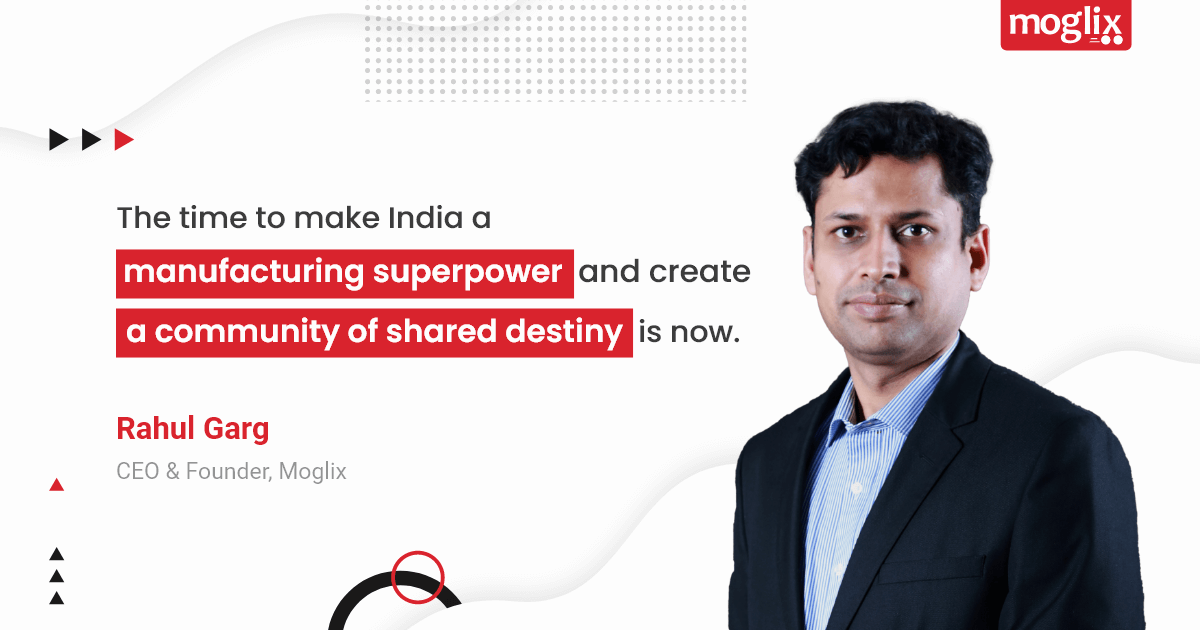Building Infrastructure To Connect India`s Highways to the Global Supply Chain

At 14 per cent, India has one of the highest logistics costs relative to GDP. Similarly, India’s power cost as a percentage of GDP is also among the highest in the world. This has limited the competitiveness of India’s products in the past. For India to be a manufacturing global superpower, infrastructure creation is the foundation.
By connecting India’s upcoming cities to better opportunities for domestic trade it will enable business continuity. Infra-building initiatives like the 100 Smart Cities Mission and the PLI scheme covering 13 sub-sectors will enable Indian manufacturing to widen its footprint into tier-2 and tier-3 cities.
Infrastructure creation will enable small and large manufacturers in India to connect to EXIM trade opportunities. Robust infrastructure for EXIM trade such as airports, ports, inland container depots, and logistics parks will allow Indian manufacturing to leverage the untapped potential of MSME suppliers through greater local capacity utilisation. Infrastructure creation alone can contribute 4.5 per cent to India’s GDP growth rate every year.
The lack of visibility into relevant metrics distorts the creditworthiness assessment of MSMEs and slows down the release of working capital. Agile cash flow is the fuel that India’s MSMEs need. A shift from offline to digital credit disbursal can strengthen MSMEs’ balance sheets.
Digital supply chain financing platforms leverage dynamic metrics like cash flow to make credit approvals safer through more accurate underwriting and enable quick on-demand credit injection into MSMEs’ balance sheets.
A switch from cash-based offline credit disbursal to digital supply chain financing can add three percent to India’s GDP every year.
Digital transformation is the multiplier that will bring these together to work seamlessly for us and our partners across the world. The time to make India a manufacturing superpower and create a “community of shared destiny” is now.
